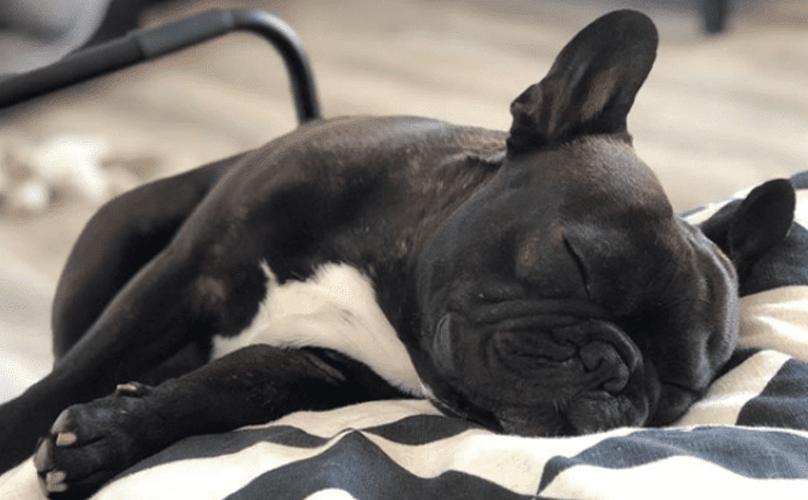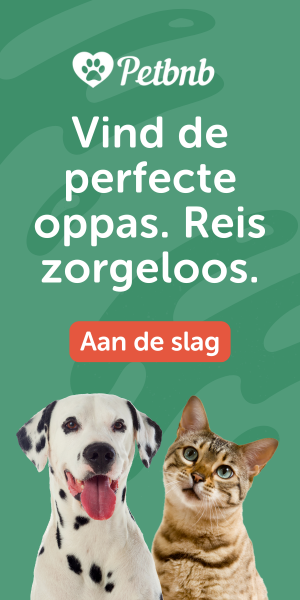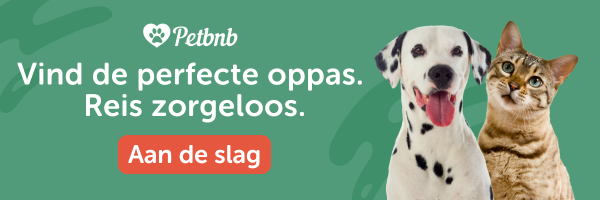Dogs experience stress just like humans, but show it in subtle ways. Especially if you haven't known your dog long, it can be difficult to recognize stress. By paying close attention to body language and small changes in behavior, you can prevent a lot of stress. Below are six lesser-known signals you can use to recognize stress in dogs.
1. Crescent eyes
When you see a white edge to your dog's eye - also called "whale eyes" called - may indicate stress. This happens when a dog moves its eyes without turning its head, such as in exciting situations or crowded environments.

2. Excessive smacking and drooling
Smacking and excessive drooling can be signals of tension. Do you suddenly see more drool spots or hear your dog often smacking without having just eaten? If so, this is a sign that he is uncomfortable.

3. Excessive hair loss
A dog who suddenly loses a lot of hair may be experiencing stress. As with humans, hair falls out more quickly when stressed. When in doubt, always consult a veterinarian to rule out medical causes.
4. Scratching or biting paws
Do you notice that your dog often scratches himself for no apparent reason, or bites his paws? If so, this could be an expression of frustration or tension. Sometimes this is stress behavior, but also rule out skin problems or parasites with your veterinarian.
5. Yawning outside of bedtime
Yawning is not always a sign of fatigue. When a dog yawns repeatedly in unfamiliar or uncomfortable situations, he is trying to relieve tension. For example, you often see this in the vet's waiting room or with unfamiliar dogs.

6. Hyper-vigilance
A dog who is constantly looking around, pricking his ears or reacting to everything is probably tense. This hyperalertness means he does not feel safe in his environment and is constantly "on edge.

How can you help your dog relax?
Stress has many causes, from new situations to too little rest. The golden rule? Remember the three R's: Rest, Cleanliness and Regularity. Create a quiet place, maintain set routines and give your dog space to relax. Often tension reduces on its own once predictability returns.

Do you feel your dog needs more rest when you are away? Then consider a reliable dog sitter via Petbnb. That way you can be sure he's in safe hands when you're not home for a while.








